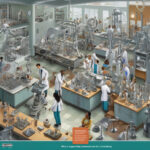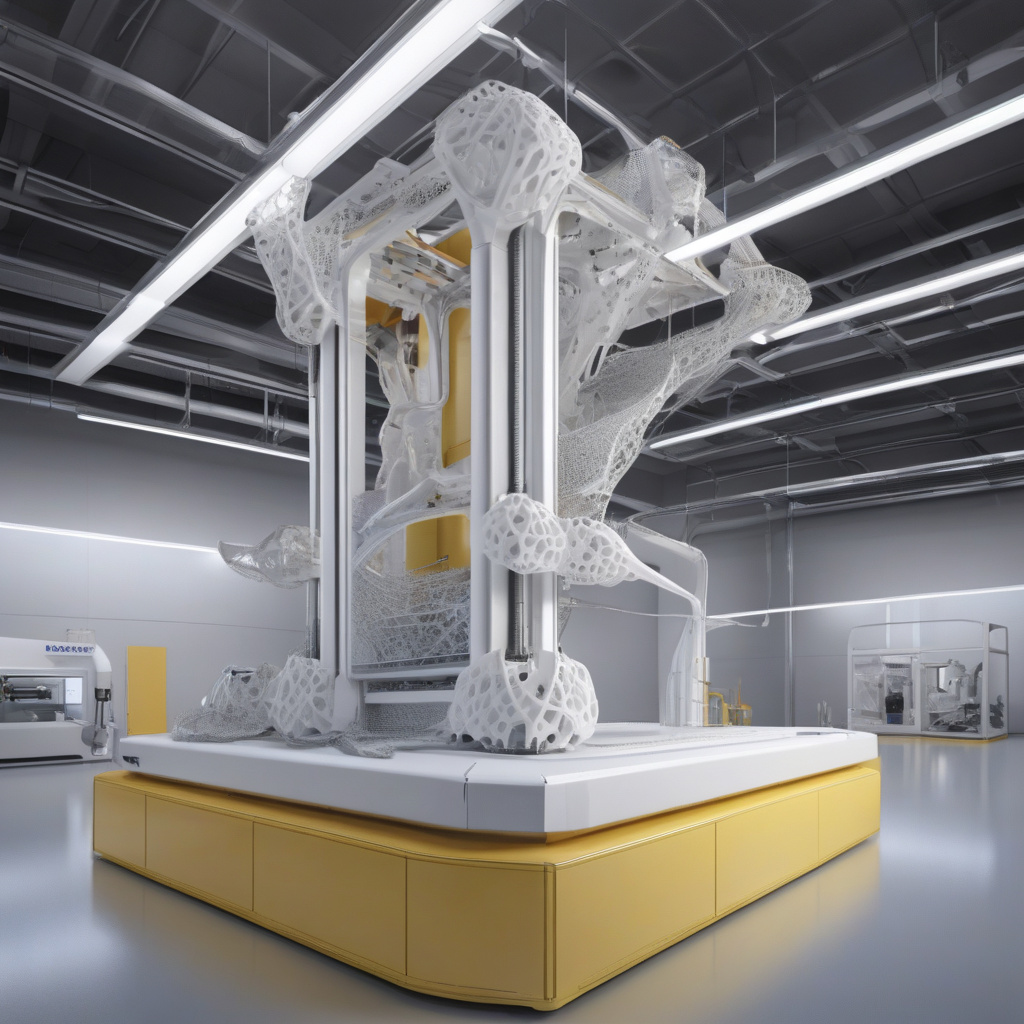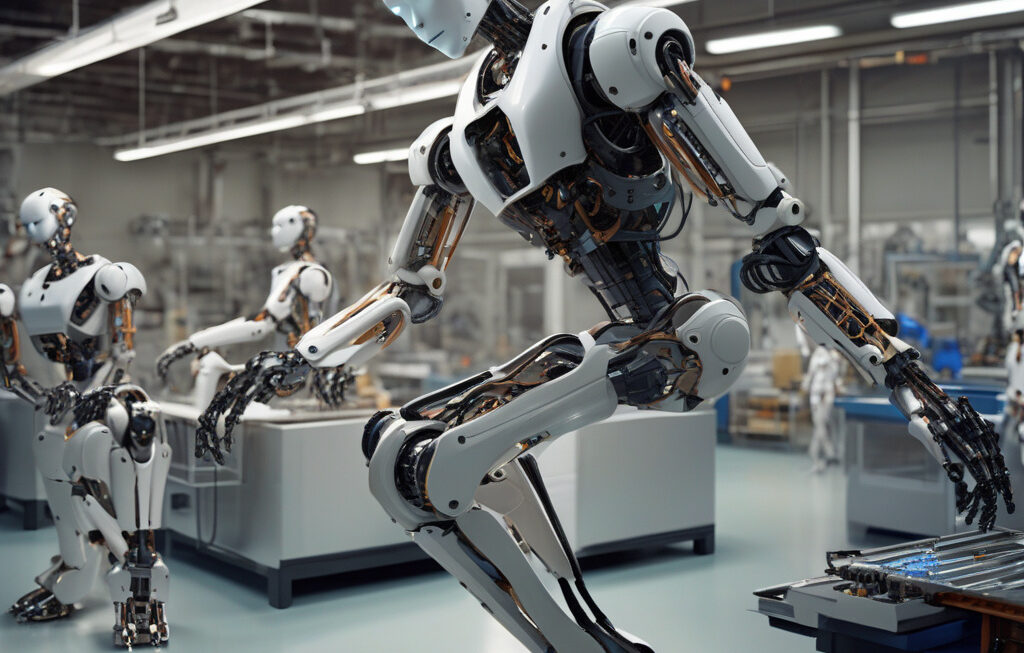Revolutionizing Large-Scale 3D Printing: New Vacuum Tech Slashes Porosity by 75 Percent
Researchers at Oak Ridge National Laboratory (ORNL) in Tennessee have introduced a novel vacuum-assisted extrusion technique that is set to transform the world of large-scale 3D printing. This groundbreaking technology promises to reduce porosity by an impressive 75 percent, addressing a key challenge in additive manufacturing processes.
Porosity, or the presence of tiny voids or pores, has long been a major concern in 3D printing, affecting the structural integrity and overall quality of printed objects. High porosity levels can lead to reduced mechanical properties, making the final products less durable and reliable. This issue becomes even more critical in large-scale prints, where maintaining consistency and strength throughout the entire structure is paramount.
The new vacuum-assisted extrusion method developed by the researchers at ORNL aims to tackle this issue head-on. By applying vacuum pressure during the printing process, the technique effectively removes air bubbles and excess voids from the printed material, resulting in a significant reduction in porosity. This breakthrough not only enhances the mechanical properties of the printed objects but also allows for greater design flexibility and complexity.
One of the key advantages of this innovative approach is its scalability. While vacuum-assisted techniques have been previously used in small-scale 3D printing, the ORNL researchers have successfully adapted and optimized the method for large-scale applications. This means that industries such as aerospace, automotive, and construction, which rely heavily on the production of large 3D-printed components, can now benefit from improved quality and performance.
In addition to reducing porosity, the new vacuum technology offers other notable advantages. By eliminating air pockets within the printed material, the technique minimizes the risk of delamination and warping, common issues that can compromise the integrity of the final product. The result is a smoother surface finish and increased dimensional accuracy, meeting the high standards required for industrial applications.
The impact of this advancement extends beyond the realm of 3D printing technology. By enhancing the quality and reliability of large-scale printed parts, the vacuum-assisted extrusion technique opens up new possibilities for innovation and customization. Manufacturers can now explore more complex geometries, lightweight structures, and functional designs that were previously constrained by porosity-related limitations.
As the demand for large-scale 3D-printed components continues to grow across various industries, the introduction of this cutting-edge vacuum technology comes at a critical time. By overcoming the porosity challenge and elevating the standards of additive manufacturing, ORNL’s research paves the way for a new era of possibilities in the world of advanced manufacturing.
In conclusion, the development of the vacuum-assisted extrusion technique by ORNL represents a significant leap forward in the field of large-scale 3D printing. With its ability to drastically reduce porosity, improve structural integrity, and enable greater design freedom, this innovation sets a new standard for additive manufacturing technologies. As industries embrace this groundbreaking approach, we can expect to see a wave of innovative applications and enhanced products that push the boundaries of what is possible in the world of manufacturing.
3D Printing, Additive Manufacturing, Vacuum Technology, Innovation, Industrial Applications











